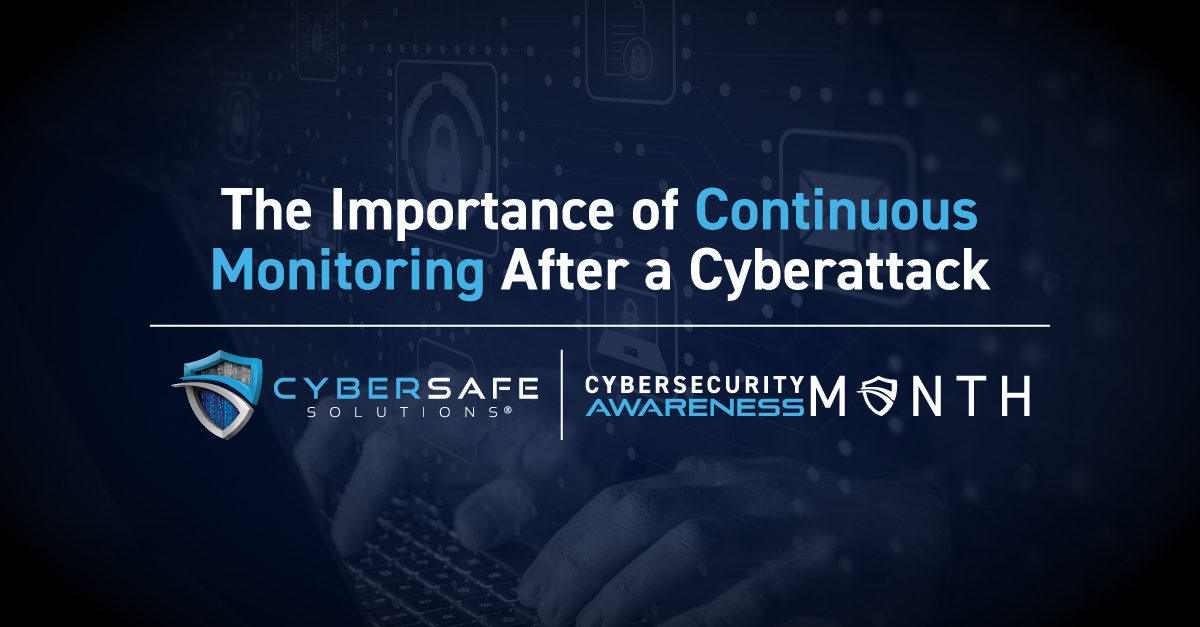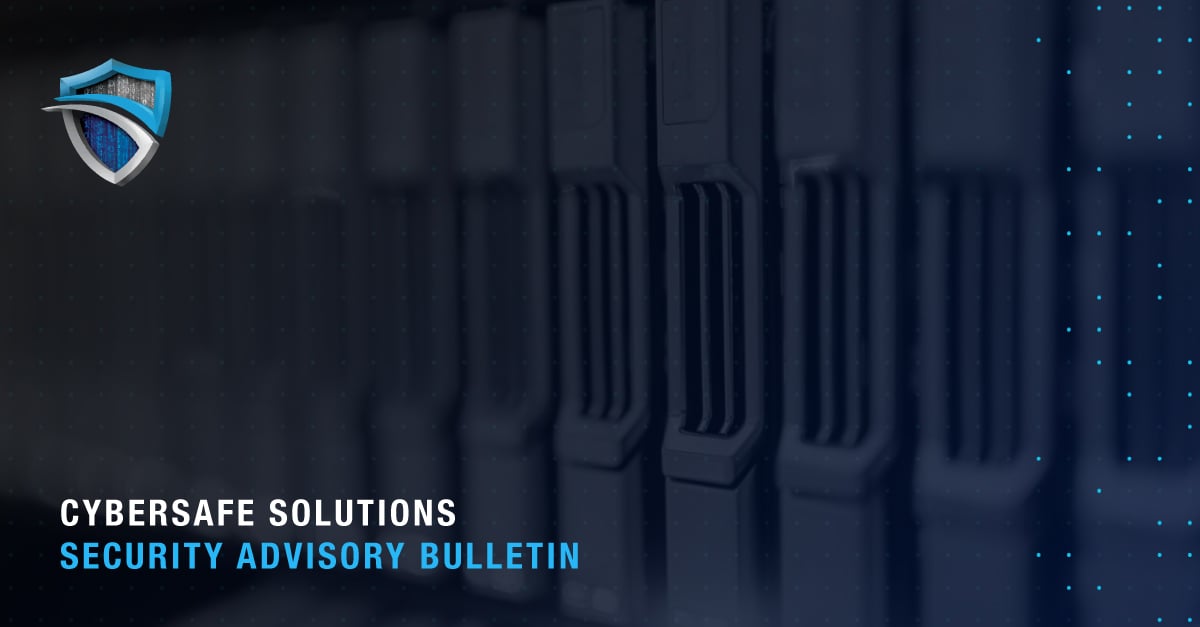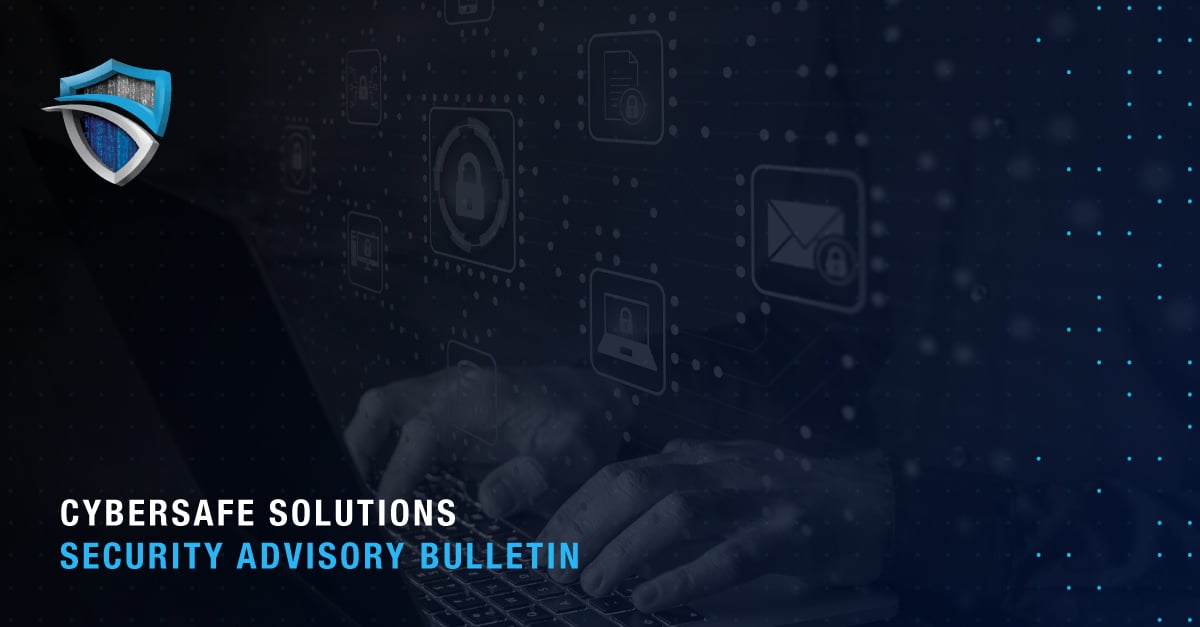Over a recent three-year period, telecom giant T-Mobile was subject to multiple cyberattacks that impacted over 100 million U.S. customers. The company faced multiple data breaches between 2021 and 2023, leading to a Federal Communications Commission (FCC) investigation and a recently announced $31.5 million settlement.
Unfortunately, T-Mobile's experience is not unique. CDK Global, Samsung, Mailchimp, Microsoft, and Cisco are other examples of businesses that faced similar instances of repeat cyberattacks.
“If you've been bitten,” explains Cybersafe Solutions Chief Operating Officer Keith Strassberg, “how are you truly sure you've exterminated the threat? Unless you drastically change your cybersecurity program, the next group will come along and make you a victim again.”
Continuous monitoring through a Security Operations Center (SOC) is crucial for the cybersecurity program improvements Strassberg advocates. This proactive approach, along with strong detection and rapid response, helps organizations quickly identify vulnerabilities, mitigate threats, and reduce the risk of repeat incidents.
Fallout From Repeated Attacks
Repeat cyberattacks are becoming more frequent, with many businesses experiencing additional incidents within a relatively short period after their initial breach. The growing trend highlights the persistent vulnerabilities that organizations face, leaving them exposed to ongoing threats and consequences, including the following:
Financial Loss
Perhaps the most glaring impact of cyberattacks is the hefty financial costs—especially in cases of ransomware, where threat actors encrypt files and hold them for ransom for a substantial price.
With the average cost of a U.S. data breach at $9.36 million, according to IBM’s “2024 Cost of a Data Breach Report,” it’s no wonder an estimated 75% of SMBs couldn’t continue operating if they were hit with ransomware.
Lost Productivity
The costs of a cyberattack are also measured in lost productivity—whether locked out of computers, forced to revert to time-consuming manual processes, or answering questions from legal teams regarding the compromised data.
Cyberattacks are disruptive to nearly every aspect of business operations—making it much more important to not only recover swiftly but proactively prevent them in the first place.
Reputational Damage
While businesses may be able to recover financially or resume business operations eventually, customer trust, once breached, is not always as reparable.
In the wake of a recently announced data breach by AT&T, which compromised the phone and text records of approximately 100 million U.S. consumers, the company has faced a scathing denunciation from its customer base.
The announcement triggered a class action lawsuit claiming AT&T “has not done enough to protect its affected customers, failed to adequately safeguard data breach victims’ personally identifiable information (PII), and put victims at imminent risk of severe identity theft and exploitation.”
Strassberg underscores the point:
“What’s the most expensive part of a ransomware attack? Is it truly the ransom, or is it the costs, time, energy, and people impact of rebuilding and remediating an environment?”
“I would say most organizations grossly underestimate the costs of that disruption,” he adds.
Enhancing Your Security Posture With a SOC
Given the escalating costs and frequency of attacks, organizations need a strategic approach to cybersecurity, grounded in prevention, detection, and response and underpinned by continuous monitoring.
Establishing a SOC is central to this proactive cybersecurity framework. A SOC is comprised of a dedicated team and infrastructure tasked with monitoring, detecting, and responding to security incidents within an organization.
Security Operations Center-as-a-Service (SOCaaS), or a managed SOC, is a subscription-based, cloud-delivered evolution of this model that provides continuous cybersecurity monitoring, incident response, and risk mitigation capabilities.
Why Continuous Monitoring Is Key to a Proactive Cyber Defense
Organizations often experience multiple cyberattacks within a short period. Without constant vigilance, attackers can exploit residual vulnerabilities or new weaknesses, leading to repeated breaches and escalating damage.
“A threat actor [just] demonstrated to you that your defenses were inadequate,” Strassberg explains.
“What changed that they're not going to get you again?” he continues. “If you were a successful victim, you raise your profile of being a victim.”
This is where continuous monitoring through a SOC becomes essential. A SOC continuously scans for vulnerabilities and irregular activities across an organization's systems, enabling it to anticipate potential threats, adapt to evolving attack methods, and keep the organization informed about emerging risks. In short, it helps organizations maintain a proactive security stance by looking for cyber threats before they take root.
Cyberattack Detection & Response
In addition to continuous monitoring, a SOC plays a vital role in threat detection and response, minimizing the damage and downtime caused by breaches.
By identifying suspicious activities in real time, SOC teams can swiftly isolate affected systems, contain the attack, and begin remediation, ensuring the impact is controlled and the business can return to normal operations more quickly.
Partnering With a Managed SOC
A managed SOC, or Managed Detection and Response provider (MDR), offers the full range of benefits associated with a comprehensive SOC while eliminating the substantial upfront and ongoing expenses of maintaining an in-house SOC function.
It can also provide superior protection due to its specialized expertise and up-to-date threat intelligence. Unlike in-house teams, managed SOCs provide:
- Economies of scale in technology and expertise
- Extensive experience across multiple industries and attack vectors
- Access to advanced security tools and real-time threat data
- 24/7 monitoring without the need to staff an internal team around the clock
Taking the first steps toward building a culture of cyber safety can feel daunting, but partnering with an industry-leading MDR for continuous monitoring can be a steady hand for lasting proactivity.
With more than 20 years of experience in the online threat landscape, Cybersafe Solutions’ team of certified specialists leverages the latest technology and up-to-the-minute intelligence to help your business fortify a culture of cybersecurity.
From robust continuous monitoring to thorough detection and response, Cybersafe’s experts empower you with best practices, full visibility, and daily vigilance over threats in your network for proactive mitigation 24/7/365.
By partnering with Cybersafe, organizations can transform their cybersecurity approach from reactive to proactive, helping ensure robust protection and resilience against the ever-evolving threat landscape in today's interconnected digital world.
Interested in learning more? Cybersafe’s Security Operations team is equipped to navigate the evolving threat landscape with certified specialists, advanced technology, and top-tier threat intelligence.
Our most comprehensive security monitoring solution, SOL XDR, delivers continuous, real-time monitoring across your network, cloud, and endpoints. This enables immediate threat detection and swift containment by our expert team, allowing you to focus on daily operations.
Contact us today to learn more.




